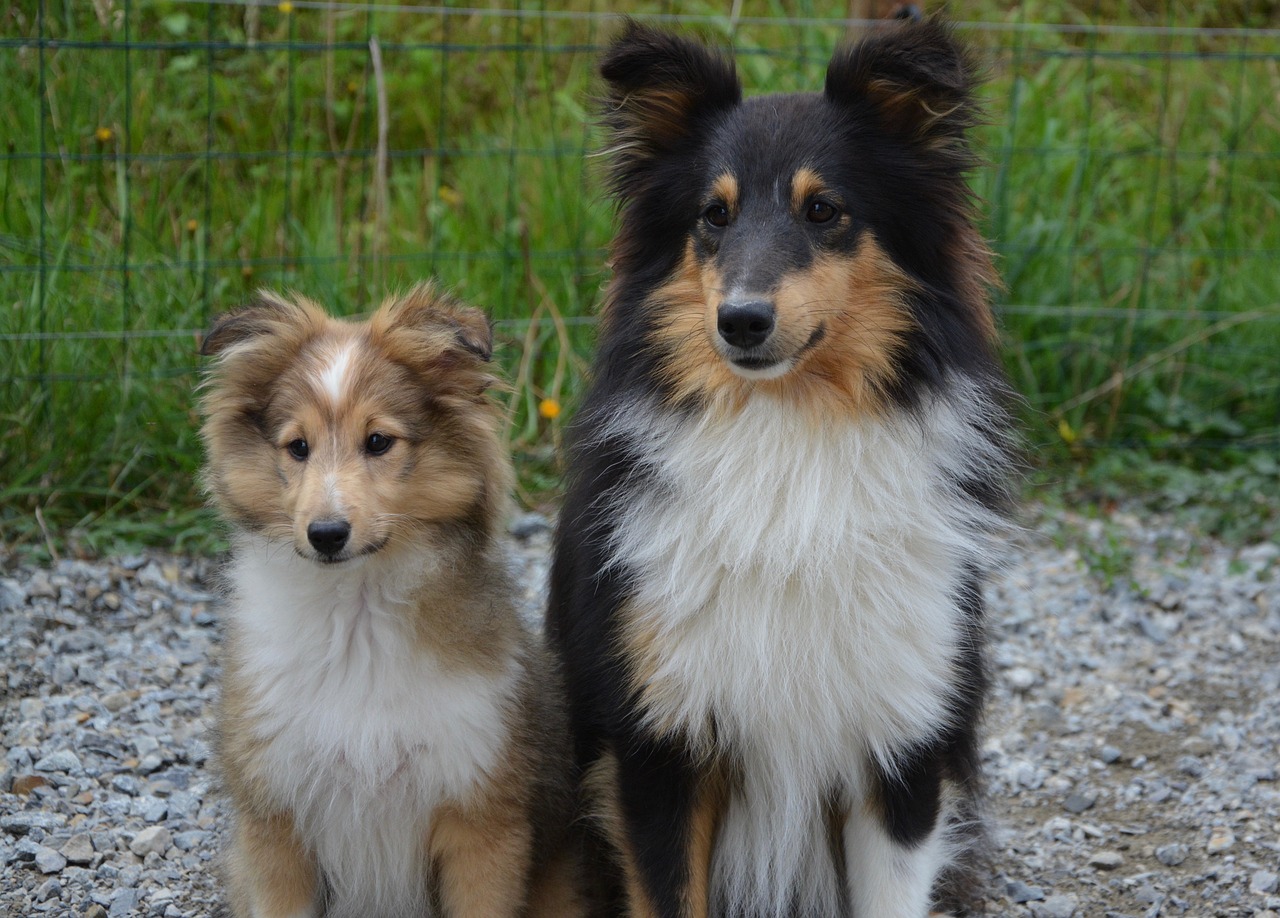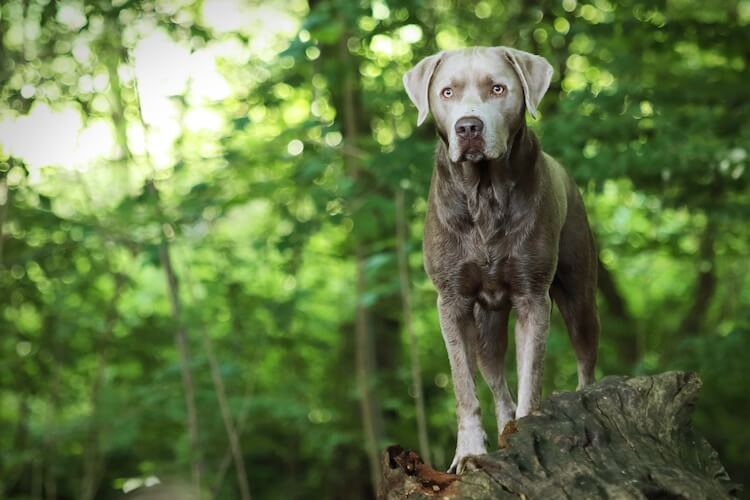
The idea that one dog year is equal to 7 human years, is an extremely simple way to compare the lifespan of a dog to the age of humans. This old-fashioned, but well-known calculation has been used since the middle of the 20th century. However, converting human years to dog years isn’t as simple. This seven-human-years-to-one-year-of-age calculation is good, however, at helping people understand that dog’s age at a much more rapid rate than humans do. When you know the age of a dog when compared to humans, dog owners can give the highest quality of care to their pets.
Age and Size of Dog
Different breeds that dogs are able to age at various rates. The rate of aging will increase if the dog is bigger or older. The smaller-sized breeds, like Chihuahuas, generally have a slower rate of aging, and larger breed dogs, like Great Danes, are more rapid to an age when compared with dogs of different dimensions. This basically means that the larger your dog is when it is full-grown, the quicker its body ages. Larger-breed dogs usually do not live as long as smaller to medium-sized dogs, but there are always exceptions.
| Size of the Dog | Small (<20 pounds. ) | Medium (21-50 lbs. ) | The Large (51-90 lbs. ) | Giant (>91 pounds. ) |
| Age of Dog | age in human years | age in human years | The Human Year of Age | age in human years |
| 1 | 18 | 16 | 15 | 14 |
| 2 | 24 | 22 | 20 | 19 |
| 3 | 28 | 28 | 30 | 32 |
| 4 | 32 | 33 | 35 | 37 |
| 5 | 36 | 37 | 40 | 42 |
| 6 | 40 | 42 | 45 | 49 |
| 7 | 44 | 47 | 50 | 56 |
| 8 | 48 | 51 | 55 | 64 |
| 9 | 52 | 56 | 61 | 71 |
| 10 | 56 | 60 | 66 | 78 |
| 11 | 60 | 65 | 72 | 86 |
| 12 | 64 | 69 | 77 | 93 |
| 13 | 68 | 74 | 82 | 101 |
| 14 | 72 | 78 | 88 | 108 |
| 15 | 76 | 83 | 93 | 115 |
| 16 | 80 | 87 | 120 | 123 |
Puppy from Birth to Six Months

The development of dogs regardless of size in the beginning 6 months of their lives is the same. Ears and eyes will open, teeth of the baby are expected to emerge then your puppy will begin to be removed from the mother’s milk to consume the solid food of a puppy. Bones with growth plates remain open, meaning that your dog’s growth is continuing through this phase of existence.
Puppies from six months until Three Years
The dogs reach their full-grown adult size at various times, usually between 10 to 18 months of age With smaller breeds getting there earlier than larger ones. Bone growth plates close and baby teeth will fall out and adult teeth will emerge and coat changes can be observed and your puppy may grow into an adult pet. The food for puppies will usually be changed into adult food when your dog has reached the point of no return.
The beginning year in a dog’s lifespan is the equivalent of between 14-18 years for a human and, therefore, major changes happen. At the age of two, many dogs are considered to have reached their mid-twenties the human age.
Dogs from Three to Six Years Old

From three to six years old The majority of dogs grow up in a steady manner regardless of their size with each human year equal to around 4 dog years. Therefore, a 3 year older dog will be in his late 20s. an animal that is four years old is in their early 30s and a five-year-old dog is in its late to mid-thirties.
The dogs are at their peak in these short years. The energy levels could have slowed in comparison to puppies, but injuries are more prevalent in this age group because they are generally more active than older dogs. Most dogs are in good health through this time, however large-sized dogs could begin to behave more like senior dogs and might have health problems as they get closer to the age of five to six years. age.
Senior Dogs
The lifespan of a senior dog differs based on the size of the dog however, senior dogs are generally considered to be older than seven years old. Large dogs can be considered to be senior as early as age five however. Beginning at six, figure out how old your dog is by multiplying the age of their chronologically arranged by 5.5 for small breed dogs 6, if they’re medium breed, 6.5 if they are an enormous breed dog, and 7.5 when they are an enormous breed dog.
Senior pets require more frequent health checks in comparison to dogs younger in age to ensure that any indications of illness can be detected early. Regular visits to your veterinarian might be suggested every six months rather than annually due to the speed with which the dogs become older.
Geriatric Dogs

If a dog has reached double digits, it could get categorized as being geriatric however, smaller dogs might not attain this distinction until they are 14 years old as they are more likely to live for longer than breeds with larger sizes. It isn’t so common to see an enormous-sized dog live to the double figures as it’s a smaller dog.
All breeds of senior dogs are susceptible to developing different ailments that are a result of age. Like humans problems with walking or jumping may be due to arthritis and various organs might not function properly and require medical attention. At the very least, visits to your vet should be scheduled every six months. However, it is recommended to visit your veterinarian more frequently.